1.Xibaipo
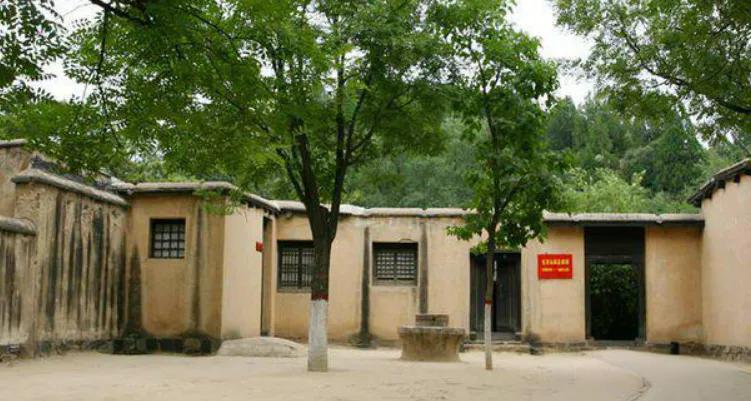
Xibaipo, located in Pingshan County, Shijiazhuang City, Hebei Province, is one of the five famous revolutionary holy places in China. In May 1948, the CPC Central Committee and the Chinese People’s Liberation Army headquarters moved in, and this mountain village became the command center for the CPC to lead the people and the People’s Liberation Army of the whole country to fight a strategic decisive battle with the Kuomintang and establish a new China. During the War of Liberation, Chairman Mao and the Party Central Committee commanded the three major battles that shocked China and the world and held the famous Second Plenary Session of the Seventh Central Committee.
2.Jinshanling Great Wall
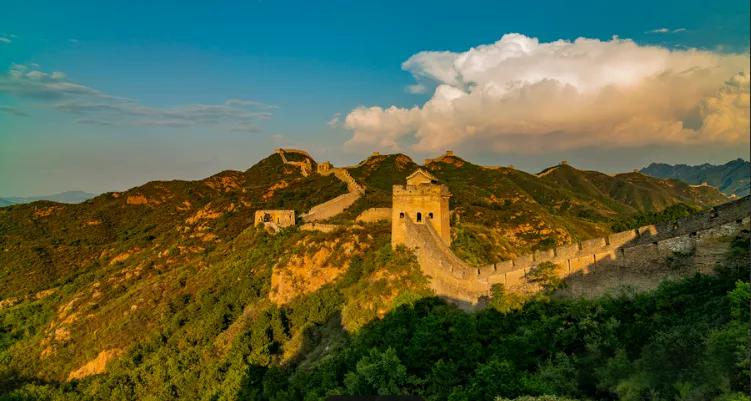
Jinshanling Great Wall, located in Luanping County, Chengde City, Hebei Province, was built by Qi Jiguang during the period when he was the general commander of Jizhen (1567-1582). It is the most important section of the Great Wall and is known as “the Great Wall, Jinshan is the most beautiful”. Jinshanling Great Wall still maintains its original appearance and has a simple and pure feeling.
3.Chengde Mountain Resort
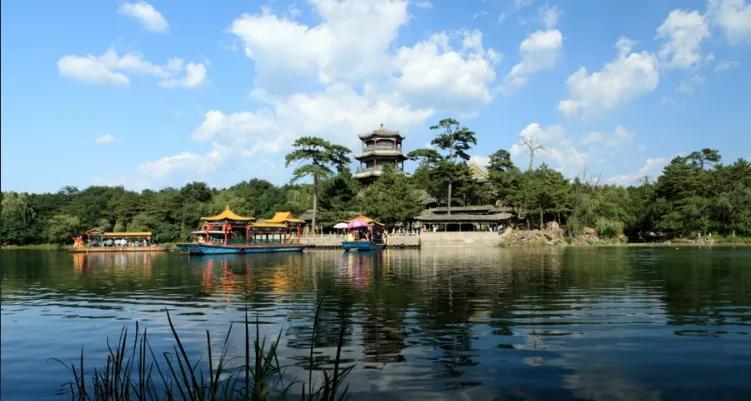
The Chengde Mountain Resort, located in Chengde City, Hebei Province, is the largest existing ancient imperial palace in China. It was built in 1703 and completed in 89 years during the reigns of Emperors Kangxi, Yongzheng and Qianlong of the Qing Dynasty. The Chengde Mountain Resort is one of the four famous gardens in China, a masterpiece of Chinese classical garden art and the highest example of Chinese classical gardens.
4.Western Qing Tombs
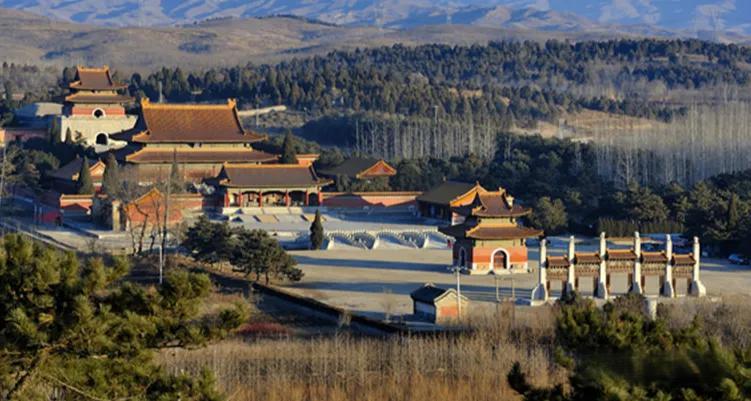
The Western Qing Tombs, located in Yi County, Baoding City, Hebei Province, are the burial places of four emperors since the reign of Emperor Yongzheng of the Qing Dynasty. There are 14 tombs in the Western Qing Tombs, including the Tai Mausoleum of Emperor Yongzheng, the Chang Mausoleum of Emperor Jiaqing, the Mu Mausoleum of Emperor Daoguang, and the Chong Mausoleum of Emperor Guangxu, as well as three mausoleums of empresses. In addition, there are 14 mausoleums, including the Mausoleum of Prince Huai, the Mausoleum of Princesses, the Mausoleum of Princes, and the Mausoleum of Princes. Its architectural form reflects the feudal system. The mausoleums of emperors and empresses are covered with yellow glazed tiles; the mausoleums of concubines, princesses, and princes are covered with green glazed tiles or gray cloth tiles.
5.Baishishan
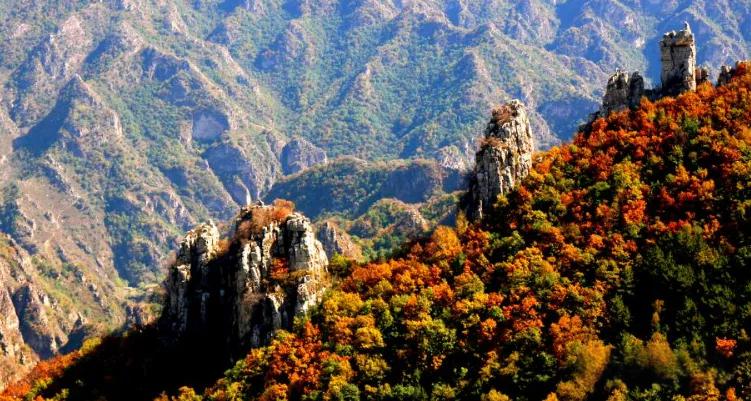
Baishishan, located in Laiyuan County, Baoding City, Hebei Province, is the first of the most unique mountains in the north and is famous for its 12 unique landscapes. Baishishan is located at the northernmost end of the 800-li Taihang Mountains. It is a national geological park. The mountain is mostly made of white marble. Its main ridge is 7,000 meters long. It is also the only famous mountain in my country with the first peak forest dominated by white marble. It is also the famous mountain in northern China with the most Buddha lights.
6.Yesanpo
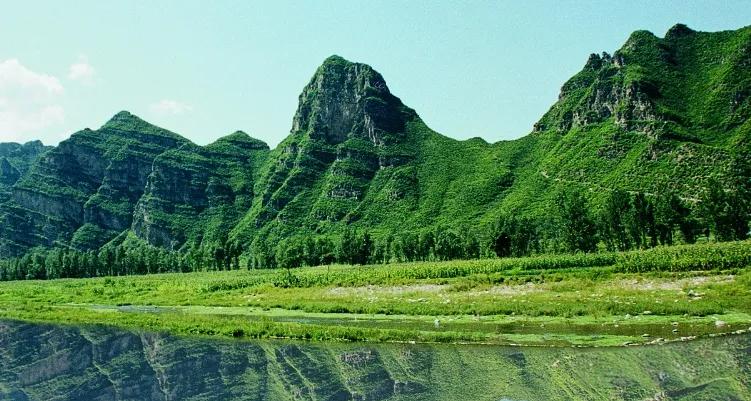
Yesanpo Scenic Area is located in Laishui County, Baoding City, Hebei Province. Yesanpo is popular among tourists for its “magnificent, dangerous, strange and secluded” natural landscape and ancient historical culture. The Yesanpo scenic area group is centered on Sanpo Town, and mainly includes Bailixia, Baicaopan, Yugudong, Longmen Tianguan and Jumahe scenic areas. Bailixia Scenic Area is the most famous one in Yesanpo.
7.Baiyangdian
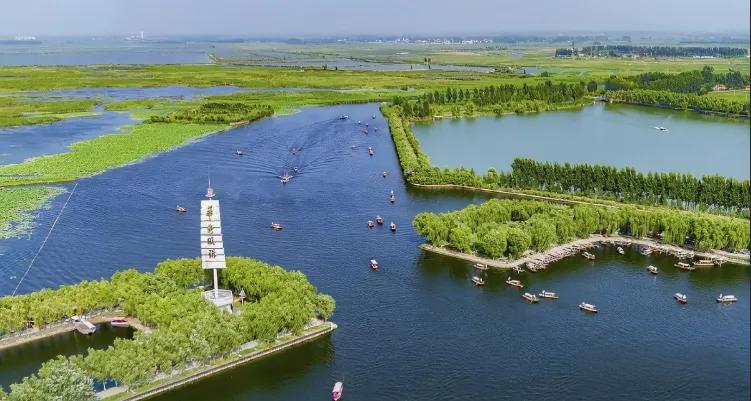
Baiyangdian Scenic Area in Anxin, Baoding City, is located in Baoding City, Hebei Province. Baiyangdian Scenic Area has been famous for its rich products and beautiful scenery since ancient times. It is known as “making a fortune every day” and “all seasons are autumn”. Lotus Grand View Garden is the most famous attraction in Baiyangdian. There are hundreds of Chinese and foreign lotus flowers here. It is the largest lotus garden in the country with the largest number of lotus flowers.
8.Shanhaiguan
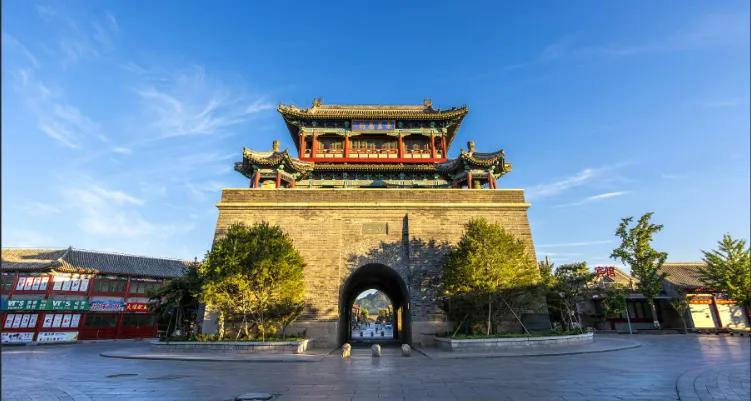
Shanhaiguan, located in Qinhuangdao City, Hebei Province, is one of the northeastern passes of the Ming Great Wall. It gathers the essence of the ancient Great Wall of China and is known as the “No. 1 Pass in the World”. Shanhaiguan City has four main gates and a variety of defensive buildings. It is an ancient cultural city with a long history. It is one of the image representatives of the world cultural heritage – the Great Wall of China. There are six major scenic spots such as “Laolongtou”, “Meng Jiangnu Temple”, “Jiaoshan” and “No. 1 Pass in the World”.
9.Guangfu Ancient City
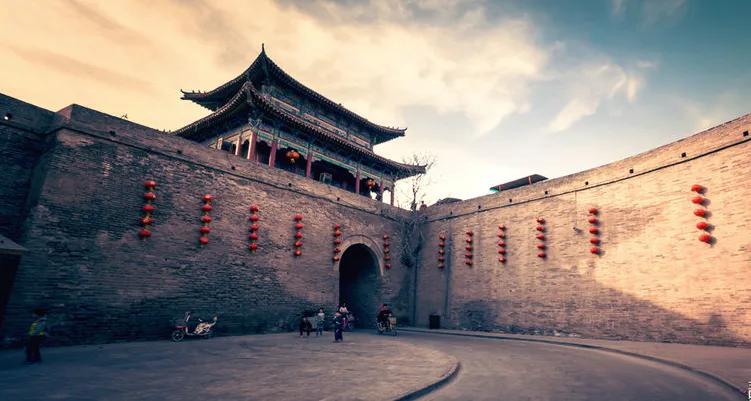
Guangfu Ancient City Scenic Area, located in Guangfu Town, Yongnian District, Handan City, Hebei Province, was first built in the late Sui Dynasty and expanded in the Yuan and Ming Dynasties. It is an ancient city in the Ming and Qing Dynasties with relatively well-preserved city walls and moats in the plain area of my country. Yongnian City had majestic and solid city walls, wide city moats, and was surrounded by water. Since ancient times, it has been known as the “Little Jiangnan in the North”.
10.Wahuang Palace
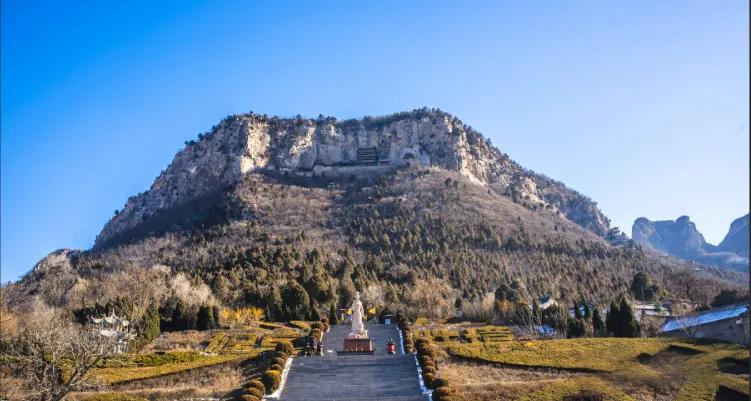
Wahuang Palace, located in She County, Handan City, Hebei Province, is the largest and earliest ancient building in my country dedicated to the ancient goddess Nuwa. It was another palace built by Emperor Wenxuan of the Northern Qi Dynasty, Gao Yang, when he traveled between Yecheng and Jinyang. Wahuang Palace was originally built with three stone chambers and several statues of gods.
11.Eastern Qing Tombs
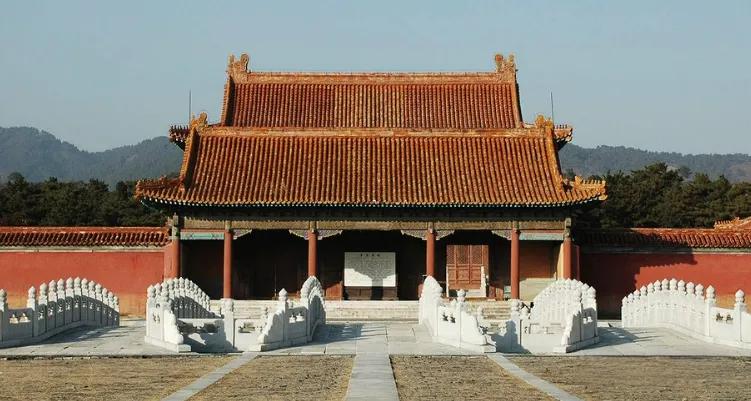
The Eastern Qing Tombs, located in Tangshan City, Hebei Province, is the largest, most complete and best-planned imperial mausoleum complex in China and one of the world’s cultural heritage sites. The Eastern Qing Tombs have five imperial mausoleums (Xiaoling of Emperor Shunzhi, Jingling of Emperor Kangxi, Yuling of Emperor Qianlong, Dingling of Emperor Xianfeng, Huiling of Emperor Tongzhi), four empress mausoleums (including the Eastern (Ci’an) and Western (Cixi) Empress Dowagers, etc.), five concubine gardens and one princess mausoleum, where 15 empresses, 136 concubines, 3 princes and 2 princesses, a total of 161 people, were buried.
12.Tianguishan
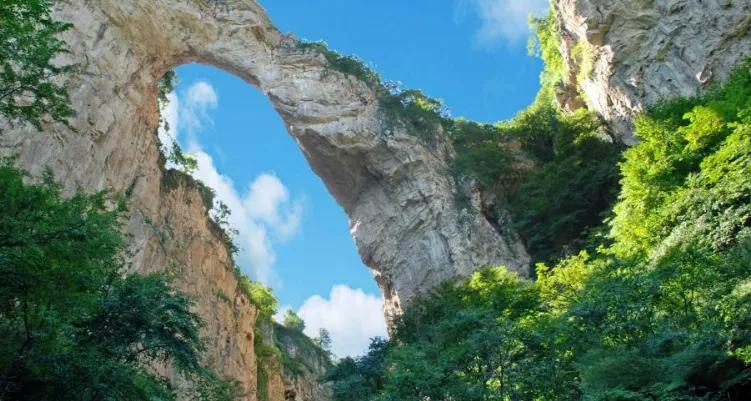
Tiangui Mountain is located in Pingshan County, Shijiazhuang City, Hebei Province. The main peak is 1,270 meters above sea level. It is divided into eight small scenic spots, including Qinglong Temple, Wanfo Rock, Xuanwu Peak, and Dicui Valley. Famous scenic spots include Sanyan Cave, Canglong Cave, Jinxiang Cave, and Shuilian Cave, among which Sanyan Cave is the most unique. The scene of Xier and Dachun’s reunion in the movie “White Haired Girl” was filmed here.
13.Cangyan Mountain
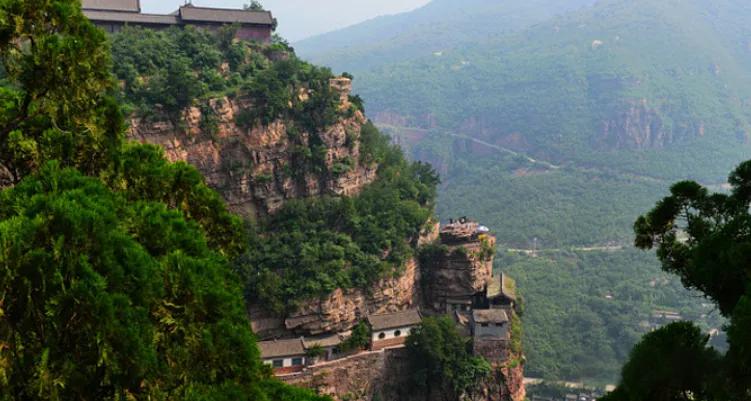
Cangyan Mountain Scenic Area is located in Jingxing County, Shijiazhuang City, Hebei Province. The core of Cangyan Mountain Scenic Area is the “Three Wonders of Cangyan”: the first wonder is the “bridge, building and hall”, where the bridge is above the cliffs, with a building on the bridge and a hall inside the building. It is now one of the three largest hanging temples in China; the second wonder is the “white sandalwood tree”, where the roots of the sandalwood tree are exposed and in a strange shape, and its hollow trunk can only accommodate one person to rest inside the tree; the third wonder is the “ancient cypress pilgrimage”, where tens of millions of cliff cypress, sand cypress and fragrant cypress grow towards the direction of the Nanyang Princess Temple on the cliffs. Cangyan Mountain is also a famous film and television base. Many film and television scenes such as “Journey to the West”, “Legend of Yiwei Heroes”, “Crouching Tiger, Hidden Dragon”, “White Dragon Sword”, “The Mummy 3”, “Chicken Feather Letter”, “Great Chinese Doctor”, “The Raid”, and “Mulan” were shot here.
14.Kongshan Baiyun Cave

Kongshan Baiyun Cave Scenic Area, located in Lincheng County, Xingtai City, Hebei Province, is a geological scenic area built with the natural karst cave Baiyun Cave as the main body. The main landscape in the scenic area is Baiyun Cave, which is located in the core of the scenic area. The karst cave is divided into five major areas: the human world, heaven, hell, dragon palace, and mystery.
15.Tianhe Mountain
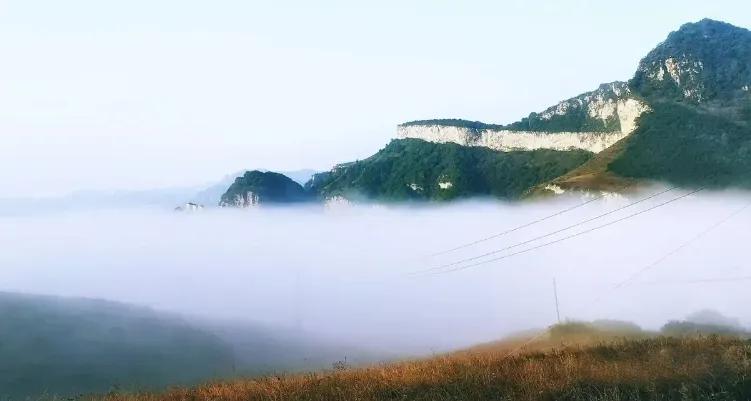
Tianhe Mountain is located in Xingtai City, Hebei Province. It is said to be the birthplace of the story of the Cowherd and the Weaver Girl. There are many scenic spots with the theme of the love story of the Cowherd and the Weaver Girl in the mountain, so it is also called the “Chinese Love Mountain”.
16.Xingtai Canyon Group
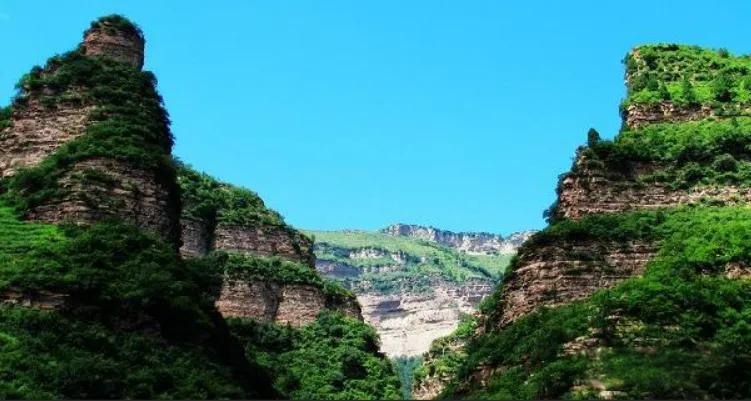
The Xingtai Canyon Group, located in Xingtai City, Hebei Province, consists of 24 canyons, of which 8 are over 1,000 meters long. It has five major characteristics: narrow, steep, deep, red, and clustered. It has formed a monopolistic quartz sandstone canyon group, which has become a major wonder of the 800-li Taihang Mountains and is praised by experts as the “World’s Wonderful Canyon”.
17.Luanzhou Ancient City
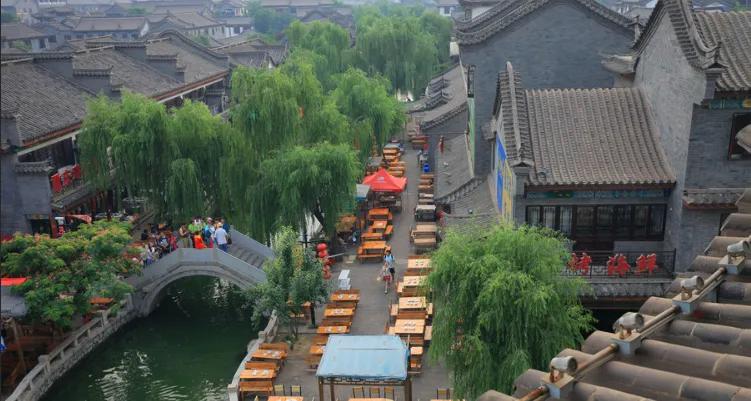
Luanzhou Ancient City, located in Luanzhou Town, Luan County, Tangshan City, Hebei Province, has local traditional folk customs, 26 ethnic buildings, as well as Guandi Temple, Confucian Temple, Zijin Pagoda and other historical buildings. It is a good choice for visiting Ming and Qing Dynasty buildings. “There is Lijiang in the south and Luancheng in the north”. Although it is less beautiful than Lijiang, it has more historical connotations.
18.Wuling Mountain
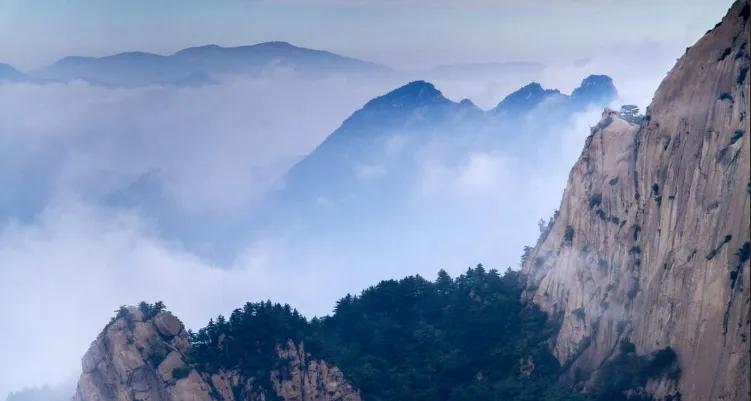
Wuling Mountain is located in Chengde City, Hebei Province, in the middle section of the Yanshan Mountains. The main peak, Waitao Peak, is 2,118 meters above sea level, the highest peak in Wuling Mountain. As a forbidden area for the royal feng shui of the Qing Dynasty, it was closed for 260 years and maintained a good natural ecosystem. It includes four scenic areas: Xianren Tower Scenic Area, Qingliangjie Scenic Area, Longtan Scenic Area and Wulongtou Scenic Area.
19.Daci Pavilion
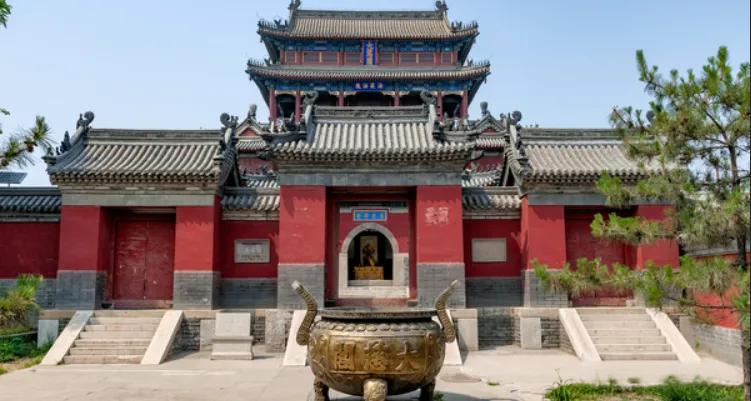
Daci Pavilion is located in Lianchi District, Baoding City, Hebei Province. The current Daci Pavilion was burned down during the reign of Emperor Qianlong in the Qing Dynasty and rebuilt many times. The main buildings that remain are the mountain gate, Tianwang Hall, bell tower, drum tower, Daci Pavilion and Guandi Temple. The main building, Daci Pavilion, is 31 meters high and magnificent. It can be seen from dozens of miles away. An ancient poem says, “Look at the pearl tower in Yan City from the treetops, and only look at the golden pavilion in the blue clouds.” It is listed as one of the eight scenic spots in Baoding, called “City Pavilion Lingxiao”.
20.Jingniang Lake
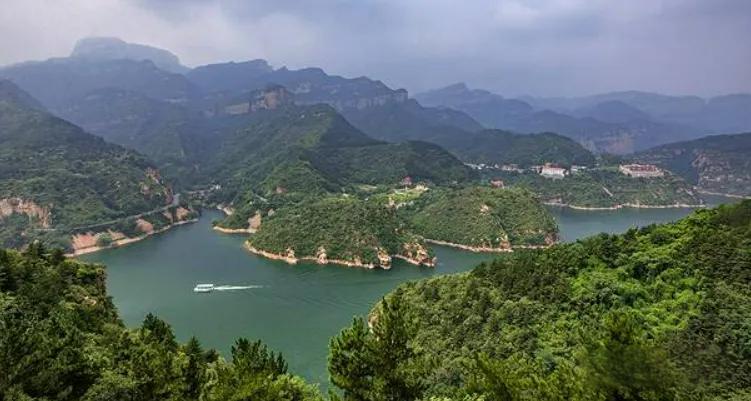
Jingniang Lake Scenic Area is located in Wu’an, Handan, Hebei Province, in the hinterland of Taihang Mountains. It is also called Kou Shang Reservoir and is known as the “Three Gorges of Taihang”. Jingniang Lake is also the place where the famous story of “Sending Jingniang a Thousand Miles Away” by Emperor Taizu of Song Dynasty, Zhao Kuangyin, took place. You can visit scenic spots with Jingniang themes here and learn about the beautiful legend that has been sung for thousands of years.

